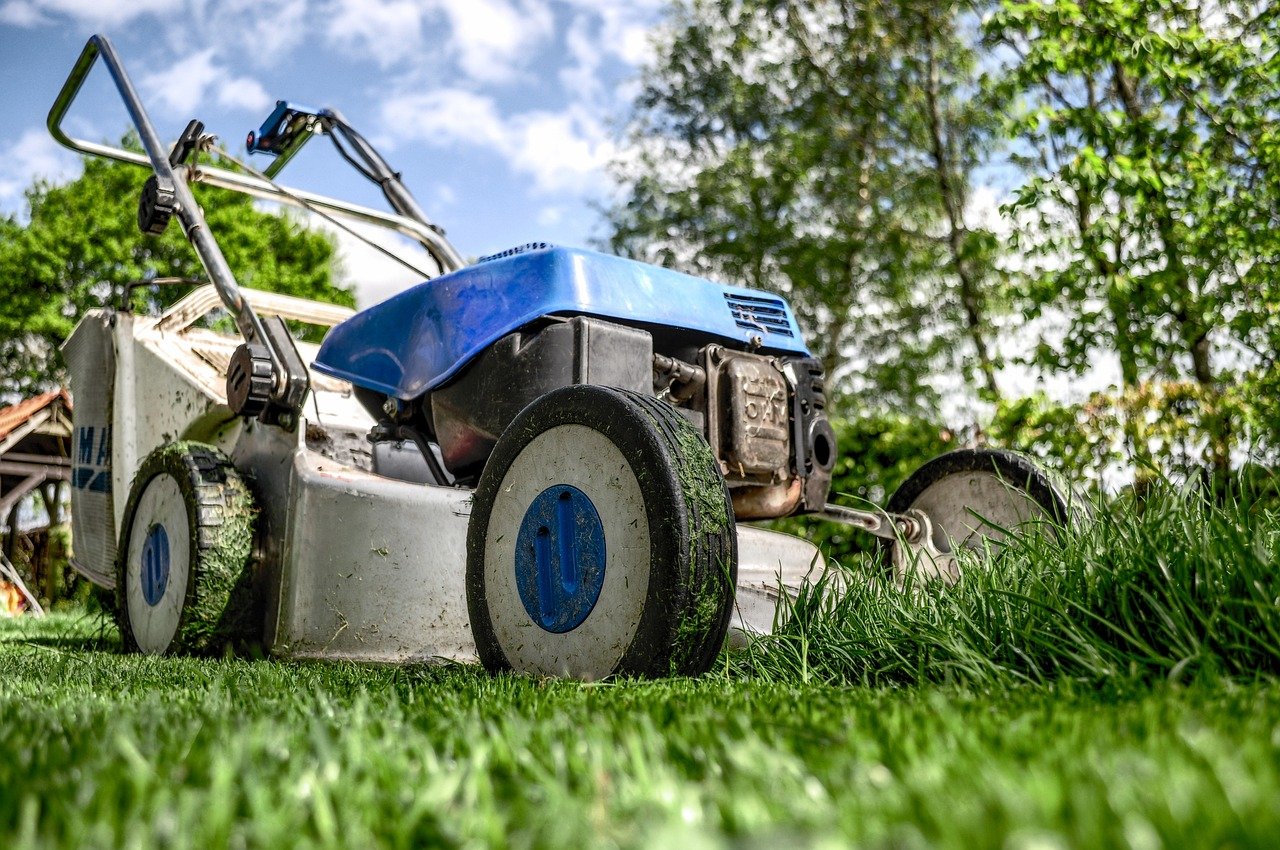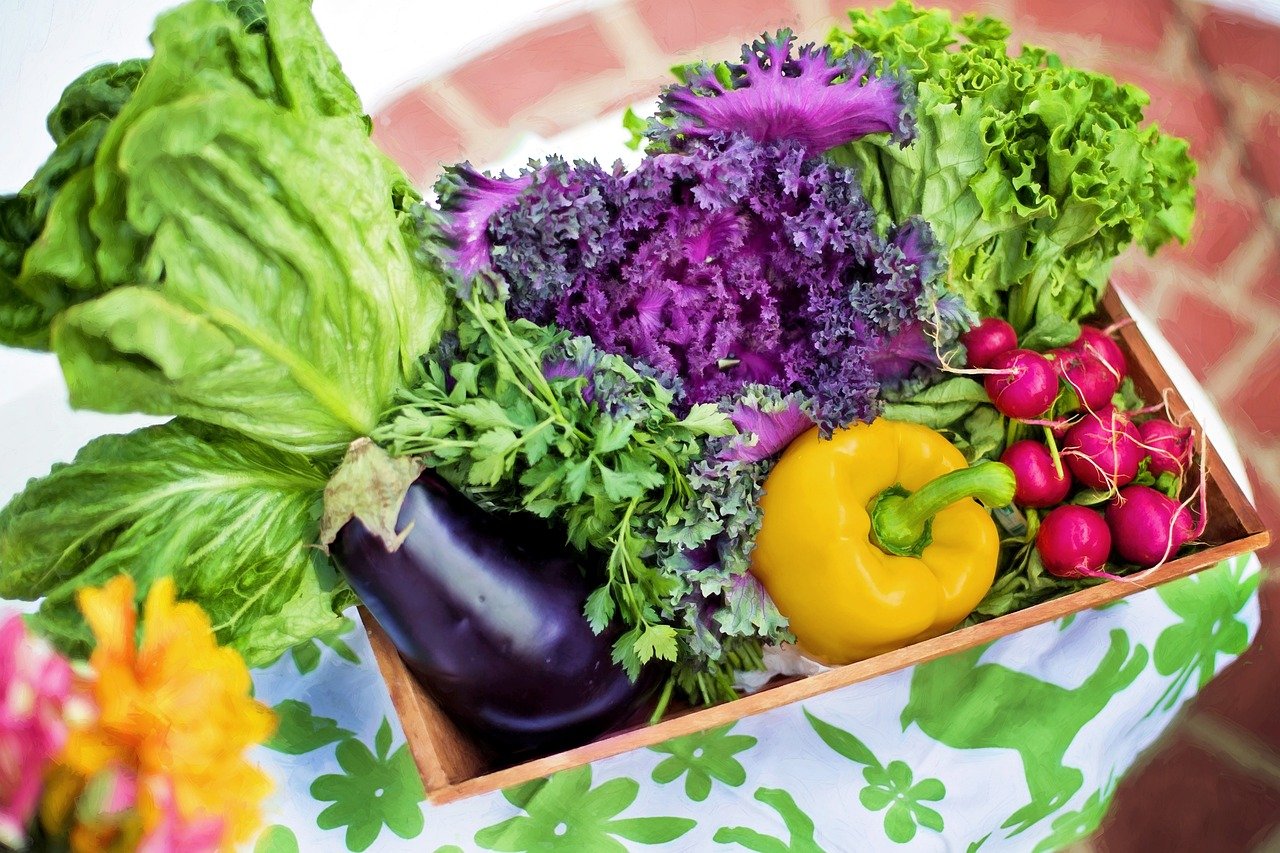
Are you looking to maximize your garden space and grow delicious zucchini? Look no further than “The Ultimate Guide to Growing Zucchini in a Vertical Garden.” In this comprehensive guide, you will discover the benefits of vertical gardening and learn invaluable tips and tricks for successfully cultivating zucchini in this innovative method. From choosing the right varieties to proper spacing and support systems, this guide has everything you need to turn your vertical garden into a thriving zucchini paradise. Get ready to enjoy an abundance of fresh zucchini all summer long with this ultimate guide.

Choosing the Right Varieties
Consider the Type of Zucchini
When choosing which zucchini varieties to grow in your vertical garden, it’s important to consider the type of zucchini you prefer. There are several different types available, each with its own unique characteristics and flavors. For example, some varieties are known for their deep green color and smooth skin, while others have a lighter green color and a bumpy texture. Think about how you plan to use your zucchini and select a variety that suits your needs.
Check for Compact Varieties
Since you’ll be growing your zucchini vertically, it’s essential to choose compact varieties that won’t take up too much space on your trellis system. Look for zucchini varieties that are specifically bred to be compact, such as bush or dwarf varieties. These types of zucchini plants have a more compact growth habit, making them perfect for vertical gardening.
Select Disease-Resistant Varieties
Zucchini plants can be susceptible to various diseases, such as powdery mildew and bacterial wilt. To minimize the risk of these diseases affecting your vertical garden, choose disease-resistant zucchini varieties. These varieties have been bred to have increased resistance to common diseases, ensuring a healthier and more productive crop. Look for varieties labeled as disease-resistant or consult with your local garden center for recommendations.
Preparing the Vertical Garden
Select a Suitable Location
When establishing your vertical garden for zucchini, choose a location that receives ample sunlight throughout the day. Zucchini plants require at least six to eight hours of direct sunlight daily to thrive. Additionally, ensure that the location is easily accessible for watering and maintenance purposes.
Build or Install a Trellis System
Creating a sturdy trellis system is crucial for vertical zucchini gardening. The trellis should be tall enough to accommodate the height of mature zucchini plants while providing support for their vines. Depending on your preferences and available space, you can build a trellis using wooden or metal materials, or utilize pre-made trellis systems available in garden supply stores.
Prepare the Soil
To give your zucchini plants a healthy start, it’s vital to prepare the soil in your vertical garden. Zucchini plants thrive in well-draining soil that is rich in organic matter. Begin by removing any weeds or debris from the designated planting area. Then, amend the soil with compost or well-rotted manure, working it into the top few inches of soil to improve fertility and moisture retention.
Ensure Proper Drainage
Good drainage is essential for the success of your zucchini plants in a vertical garden. To prevent waterlogged soil, ensure that your trellised zucchini beds have adequate drainage. If your vertical garden is constructed with raised beds, ensure there are drainage holes to allow excess water to escape. If you’re planting directly in the ground, consider adding organic matter to improve soil structure and drainage.
Planting Zucchini Seeds or Transplants
Start Seeds Indoors
For an early start to your vertical zucchini garden, consider starting seeds indoors. Begin by filling seed trays or containers with a high-quality seed starting mix. Plant the zucchini seeds following the recommended spacing and depth on the seed packet. Place the trays in a warm location, ideally around 70-85°F (21-29°C), and ensure they receive sufficient light. Once the seedlings have developed a few sets of true leaves, they can be transplanted into your vertical garden.
Direct Sow Seeds in the Garden
If you prefer a more straightforward approach, zucchini seeds can be directly sown into your vertical garden. Wait until the soil has warmed up and all danger of frost has passed before planting. Create small mounds of soil and plant two to three zucchini seeds per mound, spaced according to the seed packet instructions. Once the seedlings have emerged, thin them out, leaving only the healthiest plant per mound.
Transplant Seedlings Carefully
If you choose to start your zucchini plants from seed indoors, it’s vital to handle the delicate seedlings with care when transplanting them into your vertical garden. After the seedlings have developed a sturdy root system and a few sets of true leaves, carefully remove them from their starter trays or containers and transplant them into prepared holes in the vertical garden. Be cautious not to disturb the roots excessively, and water the transplanted seedlings thoroughly to help them acclimate to their new surroundings.
Watering and Irrigation
Provide Consistent Moisture
Zucchini plants require consistent moisture throughout their growth cycle. Aim to provide them with approximately one inch (2.5 cm) of water per week, either through rainfall or irrigation. Consistent moisture is particularly crucial during flowering and fruit development, as dry conditions can cause the fruit to develop improperly.
Monitor Soil Moisture Levels
To ensure your zucchini plants are receiving adequate moisture, it’s important to monitor the soil moisture levels regularly. Insert your finger into the soil, up to the second knuckle, and check if it feels moist. If it’s dry, it’s time to water. Additionally, pay attention to any wilting or drooping leaves, as this can be a sign of insufficient water. Adjust your watering schedule accordingly to meet the plant’s needs.
Avoid Overwatering or Underwatering
Striking a balance with watering is crucial for successful vertical zucchini gardening. Overwatering can lead to root rot and other fungal diseases, while underwatering can stunt growth and decrease yield. Aim to keep the soil evenly moist but not soggy. Mulching around the zucchini plants can help retain soil moisture and regulate temperature.

Feeding and Fertilizing
Apply Organic Matter
Enriching the soil with organic matter is a fantastic way to provide essential nutrients to your zucchini plants. Before planting, incorporate well-decomposed compost or aged manure into the soil. Organic matter improves soil fertility, promotes healthy root development, and helps retain moisture, all of which are vital for successful vertical zucchini gardening.
Use Balanced Fertilizers
Zucchini plants are heavy feeders, meaning they require plenty of nutrients to produce a bountiful harvest. Consider using balanced organic fertilizers, such as compost-based or slow-release fertilizers, to provide your zucchini plants with a steady supply of nutrients. Follow the instructions on the fertilizer packaging to ensure you’re applying the appropriate amount.
Feed Zucchini Plants Regularly
To support continuous growth and fruit production, it’s important to feed your zucchini plants regularly throughout the growing season. Begin fertilizing the plants a few weeks after transplanting or when the seedlings have developed a strong root system. Apply a balanced fertilizer every four to six weeks or as recommended on the fertilizer packaging. Always water the plants after fertilizing to help the nutrients reach the root zone efficiently.
Pruning and Training
Pinch off Early Growth
To encourage healthy and bushy zucchini plants, consider pinching off the early growth when your seedlings have developed a few sets of true leaves. By pinching off the first set of leaves above the second or third leaf node, you can promote branching and discourage long, leggy stems. This practice helps create a more compact plant that is easier to manage in a vertical garden.
Train the Main Stem Up the Trellis
As your zucchini plants grow, gently train the main stem up the trellis system, helping the plant establish a stable structure. Carefully tie the main stem to the trellis using soft plant ties or garden twine. This technique encourages the plant to grow vertically, maximizing space and ensuring proper air circulation around the foliage. Regularly monitor the plants and adjust the ties as necessary to support the growing vines.
Remove Excess Foliage
To promote better air circulation and reduce the risk of diseases, consider removing excess foliage as your zucchini plants mature. Prune away any yellowed or damaged leaves, as well as any side shoots that are competing for space. By removing excess foliage, you allow more sunlight and airflow to reach the remaining healthy leaves, decreasing the likelihood of disease development.

Pest and Disease Management
Identify Common Zucchini Pests
Zucchini plants can fall victim to various pests, including cucumber beetles, squash bugs, and aphids. Regularly inspect your vertical garden for signs of insect damage, such as chewed leaves, wilting, or the presence of pests themselves. Prompt identification of pests is crucial to implementing effective pest management strategies.
Implement Integrated Pest Management
Integrated Pest Management (IPM) is a sustainable and environmentally friendly approach to pest control. Rather than relying solely on pesticides, IPM focuses on prevention, monitoring, and the use of various pest management techniques. These techniques can include using physical barriers like row covers, attracting beneficial insects with companion planting, and manually removing pests when possible.
Use Natural or Organic Pest Control Methods
To maintain the health of your zucchini plants and the overall balance of your vertical garden, consider using natural or organic pest control methods. For example, introducing beneficial insects such as ladybugs or lacewings can help control aphids and other small pests. Additionally, regular applications of organic insecticidal soaps or neem oil can provide effective control against common pests without harming the environment.
Harvesting Zucchini
Monitor for Proper Size
Zucchini is best harvested when it reaches a size that suits your culinary needs. For most varieties, this typically occurs when the fruits are around six to eight inches (15-20 cm) long. Regularly inspect your zucchini plants and monitor the size of the developing fruits. Harvesting zucchinis at the appropriate size ensures tender and flavorful produce.
Harvest Regularly to Encourage Production
To keep your zucchini plants productive throughout the growing season, it’s important to harvest the fruits regularly. Leaving overripe zucchinis on the plants can signal to the plant that it has completed its reproductive cycle, leading to a decline in production. Regular harvesting also prevents the fruits from becoming oversized and tough.
Use a Cutting Tool to Harvest
When it’s time to harvest your zucchinis, use a sharp knife or garden shears to cut the fruits off the plant. Avoid pulling or twisting the fruits, as this can damage the plant and potentially lead to disease or reduced productivity. Make clean cuts just above the stem, keeping a small portion of the stem attached to the fruit.
Troubleshooting Common Issues
Yellowing Leaves
Yellowing leaves on your zucchini plants can indicate various issues, such as nutrient deficiencies, overwatering, or pests. Evaluate the overall health of the plants and address any underlying problems. In some cases, removing yellowed leaves can help improve airflow and reduce the spread of diseases.
Blossom End Rot
Blossom end rot is a common problem in zucchini plants, characterized by a dark, sunken spot at the blossom end of the fruit. This condition is often caused by a calcium deficiency or irregular moisture levels. To prevent blossom end rot, ensure consistent soil moisture levels and consider adding calcium-rich amendments, such as crushed eggshells or agricultural lime, to the soil.
Powdery Mildew
Powdery mildew is a fungal disease that commonly affects zucchini plants. It appears as a white powdery coating on the leaves, stems, and fruits. To prevent powdery mildew, ensure adequate air circulation around the plants and avoid overhead watering. If powdery mildew does appear, treat it with organic fungicides or homemade remedies like a baking soda solution or neem oil.
Top Tips for Growing Zucchini in a Vertical Garden
Choose a Spacious Vertical Trellis
Select a trellis system that provides ample space for your zucchini plants to grow vertically. A crowded trellis can lead to intertwined and tangled vines, making maintenance and harvesting difficult. Choose a design that allows easy access to both sides of the trellis, ensuring you can care for your plants without much hassle.
Provide Ample Sunlight
Zucchini plants thrive in full sun, so it’s essential to choose a sunny location for your vertical garden. Ensure that your trellis is positioned in an area that receives at least six to eight hours of direct sunlight daily. This will maximize the plant’s growth and encourage bountiful harvests.
Regularly Inspect and Maintain the Plants
Regularly inspecting and maintaining your zucchini plants is crucial to their health and productivity. Monitor for any signs of pests, diseases, or nutrient deficiencies and take prompt action to address any issues. Stay on top of pruning, training, and harvesting, as well as maintaining proper irrigation and fertilization schedules. Regular care and attention will ensure the success of your vertical zucchini garden.
Growing zucchini in a vertical garden can be a rewarding experience, allowing you to maximize space while enjoying a bountiful harvest. By selecting the right varieties, preparing the vertical garden properly, and following proper care and maintenance practices, you can have a successful and productive zucchini-growing season. Remember to provide adequate sunlight, water consistently, fertilize regularly, and monitor for any pests or diseases. With a little effort and attention, you’ll be enjoying delicious zucchinis from your vertical garden in no time. Happy gardening!





